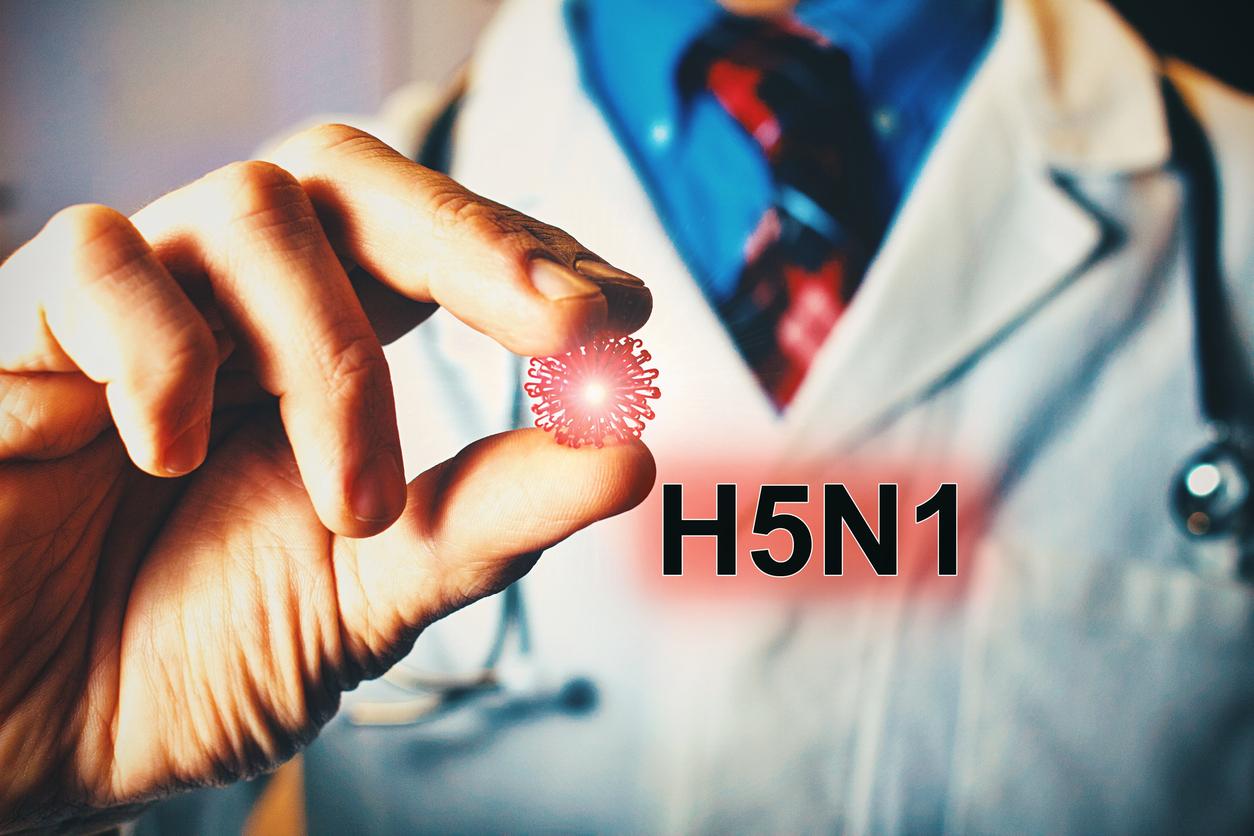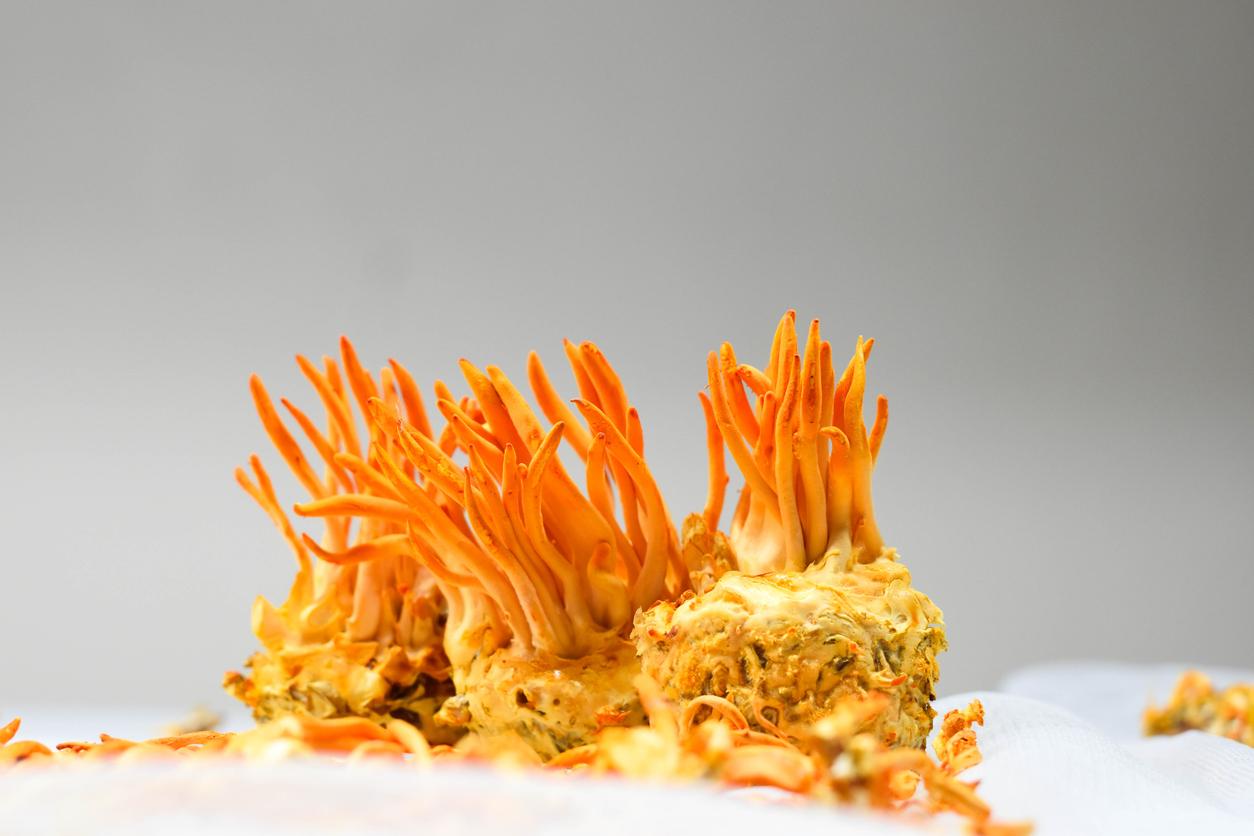French researchers recently observed that extracts of an edible mushroom could repair certain mutations linked to cystic fibrosis.

- About 6,000 people are affected by cystic fibrosis in France, according to Inserm.
- A rare chronic pathology, cystic fibrosis evolves gradually with episodes of aggravation.
A rare genetic disease, cystic fibrosis results in the thickening of the secretions of several organs, in particular the lungs and the pancreas. This pathology mainly alters the activity of the digestive and respiratory functions.
Currently, treatments can treat the vast majority of patients whose disease is due to the delta F508 mutation in the CFTR gene. “In the latter, the CFTR protein (encoded by the CFTR gene) is present in small quantities, but dysfunctional. The molecules currently available make it possible to correct this dysfunction and significantly improve their clinical symptoms (…) On the other hand, they are not not effective in 10% of patients for whom the protein is completely absent, as is the case when the disease is linked to a nonsense mutation”explains the National Institute of Health and Medical Research (Inserm).
A fungus to correct nonsense mutations linked to cystic fibrosis
The objective of scientists specializing in genetic diseases is therefore to develop new therapeutic avenues for patients suffering from cystic fibrosis presenting with a nonsense mutation. In 2017, Fabrice Lejeune, a researcher at Inserm, and his team discovered that extracts from Lepista flaccida, an edible mushroom, could correct nonsense mutations “in three cell lines isolated from patients with cystic fibrosis”.
Three years later, in 2020, researchers had identified the active ingredient present in the mushroom that could repair nonsense mutations: the molecule Di-amino-purine (DAP).
In a new study published in January 2023, scientists evaluated the effects of the DAP molecule in four experimental models of cystic fibrosis:
- animal models;
- cell lines;
- patient cells ;
- organoids.
Cystic fibrosis: an improvement in symptoms in animal models
According to findings published in the journal Molecular Therapyimprovement in symptoms has been seen in animal models. “The results obtained by the team suggest that DAP makes it possible to correct the nonsense mutation in the different models studied, by restoring the production of proteins and effectively restoring the function of the mutated gene”can we read in the Inserm press release.
Now, Inserm teams want to assess DAP in other rare genetic diseases such as Duchenne muscular dystrophy and RETT syndrome, in which nonsense mutations can be identified in more than 60% of cases. “These results pave the way for the organization of a possible clinical trial in the years to come to test the efficacy of the molecule in patients. Before that, the objective is to develop the best possible formulation for the drug and to carry out toxicity tests to ensure its safety in humans”complete the researchers.


















